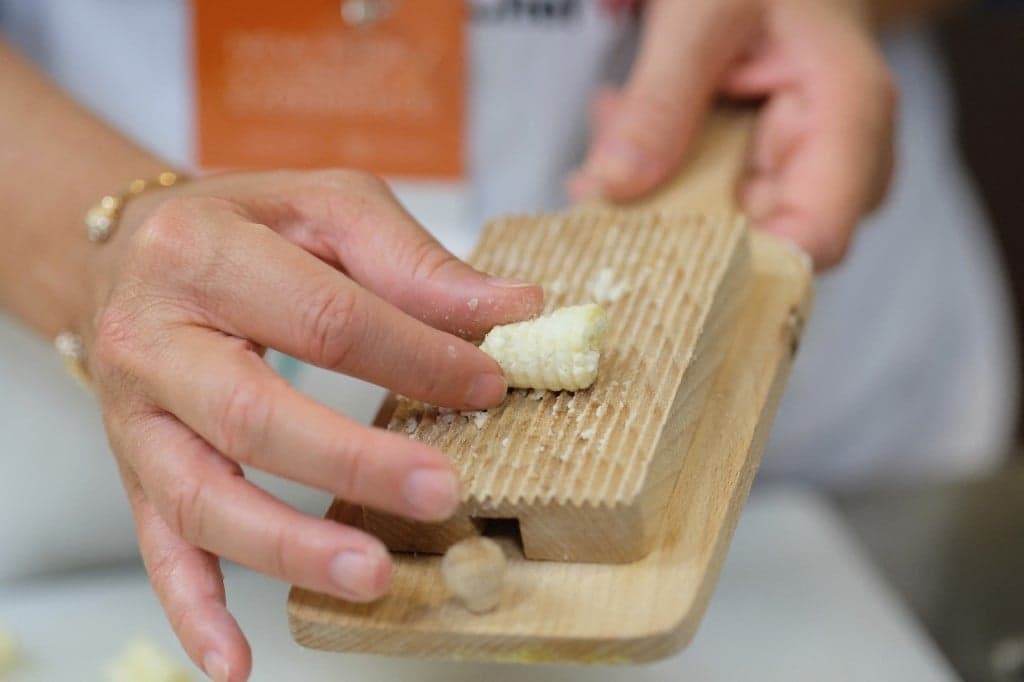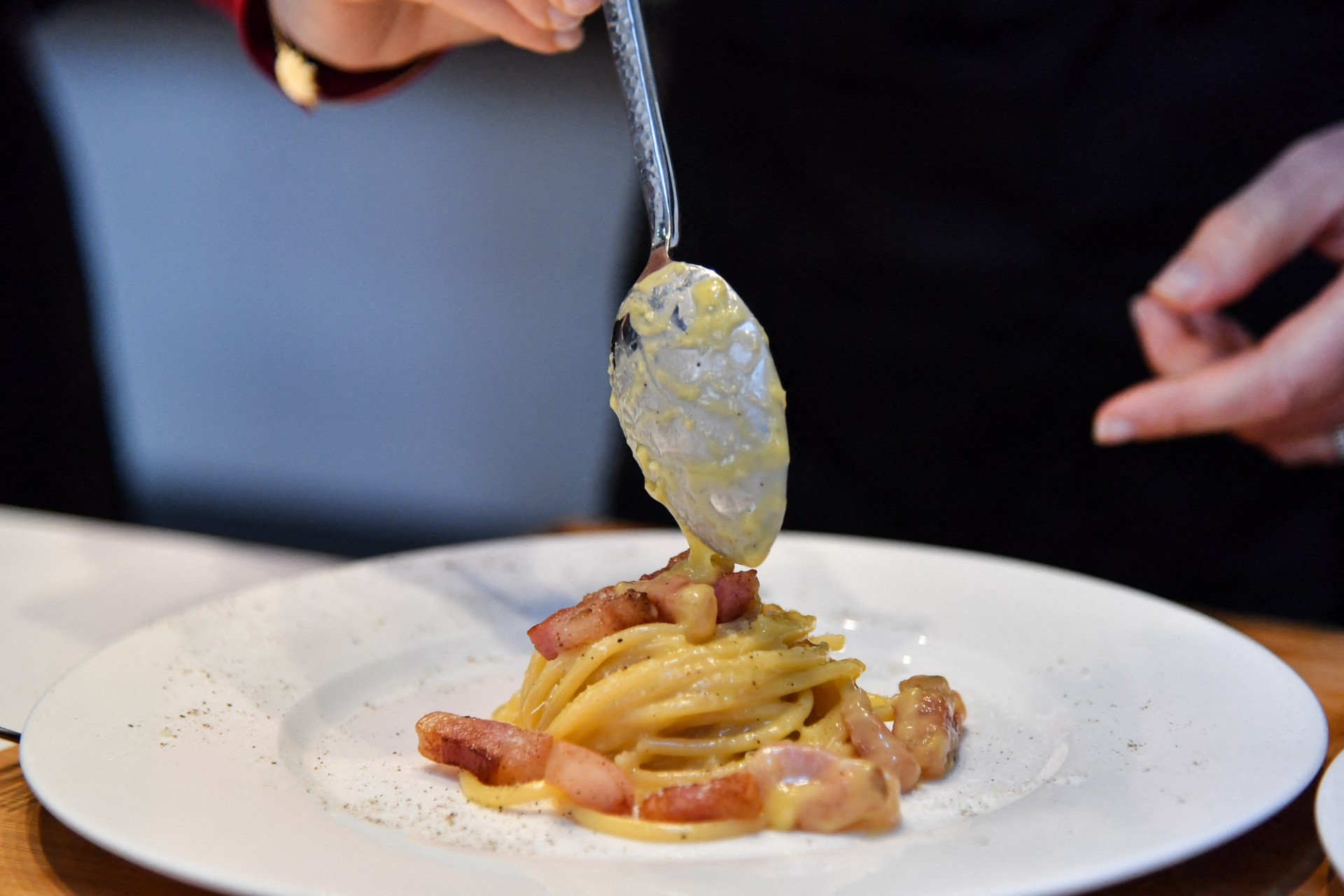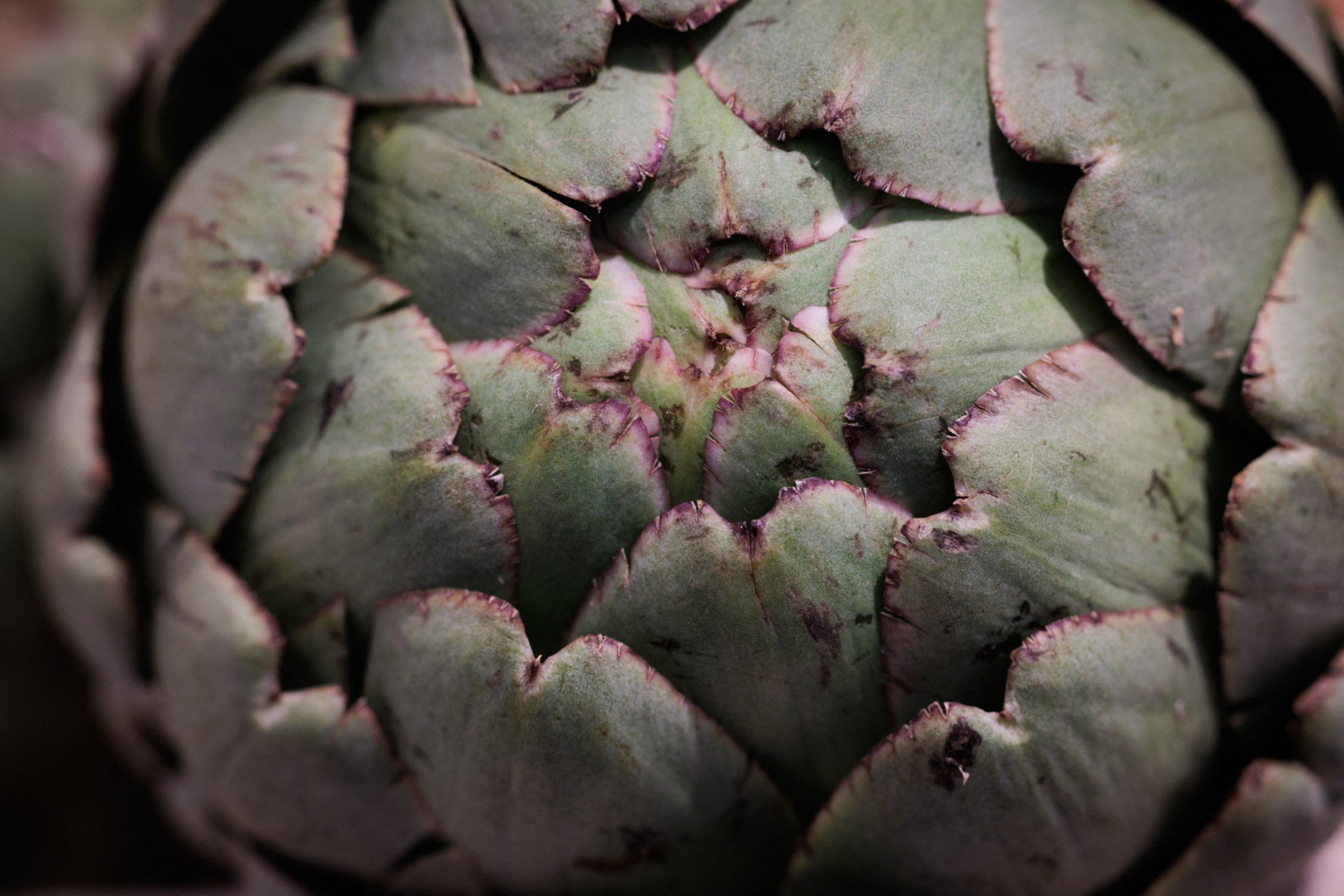15 typical Roman foods you need to try at least once

Rome’s 2,000-year-old food scene has something to make everyone’s taste buds tingle. So what are the typical dishes you really must try?
It almost goes without saying that Italy is a very regional country when it comes to food. From pesto in Liguria to tortellini in Emilia Romagna, Italy is chock-a-block with regional specialities. Rome, and wider Lazio, are no different.
If you try a carbonara in Lombardy, you’ll more than likely be told by the Laziali (people from Lazio) that you haven’t tried a real one. This is the same for most regions in Italy.
READ ALSO: Seven surprising Italian food rules foreigners fall foul of
While breakfast in Rome is made up of coffee and some form of cornetto, there are plenty of specialties to try and things to know, such as pork being as abundant as vegetables, or the two popular types of artichoke you'll want to try.
A carby affair
Pasta reigns supreme in Italy, but Rome has its fair share of options. The city’s key four pasta dishes are: cacio e pepe, amatriciana, gricia, and carbonara.
Word of advice, skip the restaurants that include cream and ham in their carbonara; if they’re getting that wrong, imagine what else they’re getting wrong.
The traditional Roman carbonara is supposed to be a blend of guanciale (pork cheek), eggs, and pecorino. There are lots of legends as to where carbonara came from, but the most well-known is that it was invented during World War Two when Americans came to Italy during the liberation of Rome. Legend has it that the Italians supplied the eggs and the Americans the guanciale.
READ ALSO: Do Italians really eat pasta every day?
Amatriciana is a bit more tomato-based. Originating from a Lazio town named Amatrice, the guanciale-tomato blend of this pasta dish is a firm favourite. It is known locally as ‘matriciana.
Cacio e pepe is perhaps the most simple in terms of taste but not necessarily in terms of preparation. The dish only includes pecorino and black pepper, but the right technique is needed to make the sauce perfectly creamy.
Then there’s pasta alla gricia. This is said to be the ancestor of Amatriciana, as it doesn't have the tomato base, but some say it’s the ancestor of all four of the pasta dishes, cacio e pepe included.

Spaghetti alla carbonara being prepared. Photo by Andreas SOLARO / AFP.
Gnocchi Thursdays
A special mention goes to gnocchi, the potatoey pasta. Romans have gnocchi Thursdays, and you’ll see many tavole calde (a type of Italian diner) serving it up.
The common custom is due to eating a high-calorie meal before Friday, which according to Catholic tradition is the day to abstain from meat or fast.
The quinto quarto
Most parts of an animal is eaten in Rome. Dishes with the quinto quarto, or fifth quarter, can be seen on most menus. It just means offal and no organ goes to waste. Tripe (trippa) is a popular meal, as is oxtail (coda alla vaccinara) . It’s also not uncommon to see tongues or brains on the menu.
READ ALSO: The essential vocabulary you'll need to dine out in Italy
If offal is not your thing, there are meat options without it. For example, saltimbocca alla romana which is veal wrapped in prosciutto, flavoured with sage and cooked in butter and wine. Lamb is also another rustic delight as is often on menus as abbacchio alla cacciatora.
Is it all meat?
Strictly speaking, no, although it’s hard to come by a traditional meatless option for a second course in Rome. Artichokes are extremely popular here with carciofi alla giudia and carciofi alla romana being the favourite two.
Carciofi alla giudia (Roman-Jewish artichokes) are entirely fried twice making them crisp and then sprinkled with salt. Carciofi alla romana (Roman artichokes) are braised and seasoned with salt, pepper, parsley and garlic.
Though not strictly from Lazio, friarielli, a type of leafy green, is also a popular topping on pizzas and a constant side dish.

Artichokes are used frequently in Roman cuisine. Photo by JOEL SAGET / AFP.
Street food galore
Rome is pretty big on street food and fried fare. Supplì, little balls of stuffed rice bread-crumbed and fried are beloved. They’re usually filled with mincemeat and mozzarella. If you buy one, see if you can make a cheese bridge also known as supplì al telefono.
READ MORE: Do Italians really hate all spicy food?
Pizza cut into square slices is also very common. This is known as pizza al taglio. The dough is thin and crisp, which is very common for Roman pizzas even if you get a circular, whole one. They are the opposite of pizzas from Naples.
For the sweet tooth
Lastly, what is a guide to food without a bit of sugar at the end? Light, sweet, cream-filled buns named maritozzi are the go-to in Rome. They can be enjoyed any time of day.
If you'd prefer something cooling, other than gelato, try grattachecca, an iced drink full of flavour and occasionally topped with fruit. Lemon and cherry are popular favourites.
Do you have another favourite Roman dish or a story about trying one? Let us know in the comments below.
Comments
See Also
It almost goes without saying that Italy is a very regional country when it comes to food. From pesto in Liguria to tortellini in Emilia Romagna, Italy is chock-a-block with regional specialities. Rome, and wider Lazio, are no different.
If you try a carbonara in Lombardy, you’ll more than likely be told by the Laziali (people from Lazio) that you haven’t tried a real one. This is the same for most regions in Italy.
READ ALSO: Seven surprising Italian food rules foreigners fall foul of
While breakfast in Rome is made up of coffee and some form of cornetto, there are plenty of specialties to try and things to know, such as pork being as abundant as vegetables, or the two popular types of artichoke you'll want to try.
A carby affair
Pasta reigns supreme in Italy, but Rome has its fair share of options. The city’s key four pasta dishes are: cacio e pepe, amatriciana, gricia, and carbonara.
Word of advice, skip the restaurants that include cream and ham in their carbonara; if they’re getting that wrong, imagine what else they’re getting wrong.
The traditional Roman carbonara is supposed to be a blend of guanciale (pork cheek), eggs, and pecorino. There are lots of legends as to where carbonara came from, but the most well-known is that it was invented during World War Two when Americans came to Italy during the liberation of Rome. Legend has it that the Italians supplied the eggs and the Americans the guanciale.
READ ALSO: Do Italians really eat pasta every day?
Amatriciana is a bit more tomato-based. Originating from a Lazio town named Amatrice, the guanciale-tomato blend of this pasta dish is a firm favourite. It is known locally as ‘matriciana.
Cacio e pepe is perhaps the most simple in terms of taste but not necessarily in terms of preparation. The dish only includes pecorino and black pepper, but the right technique is needed to make the sauce perfectly creamy.
Then there’s pasta alla gricia. This is said to be the ancestor of Amatriciana, as it doesn't have the tomato base, but some say it’s the ancestor of all four of the pasta dishes, cacio e pepe included.

Gnocchi Thursdays
A special mention goes to gnocchi, the potatoey pasta. Romans have gnocchi Thursdays, and you’ll see many tavole calde (a type of Italian diner) serving it up.
The common custom is due to eating a high-calorie meal before Friday, which according to Catholic tradition is the day to abstain from meat or fast.
The quinto quarto
Most parts of an animal is eaten in Rome. Dishes with the quinto quarto, or fifth quarter, can be seen on most menus. It just means offal and no organ goes to waste. Tripe (trippa) is a popular meal, as is oxtail (coda alla vaccinara) . It’s also not uncommon to see tongues or brains on the menu.
READ ALSO: The essential vocabulary you'll need to dine out in Italy
If offal is not your thing, there are meat options without it. For example, saltimbocca alla romana which is veal wrapped in prosciutto, flavoured with sage and cooked in butter and wine. Lamb is also another rustic delight as is often on menus as abbacchio alla cacciatora.
Is it all meat?
Strictly speaking, no, although it’s hard to come by a traditional meatless option for a second course in Rome. Artichokes are extremely popular here with carciofi alla giudia and carciofi alla romana being the favourite two.
Carciofi alla giudia (Roman-Jewish artichokes) are entirely fried twice making them crisp and then sprinkled with salt. Carciofi alla romana (Roman artichokes) are braised and seasoned with salt, pepper, parsley and garlic.
Though not strictly from Lazio, friarielli, a type of leafy green, is also a popular topping on pizzas and a constant side dish.

Street food galore
Rome is pretty big on street food and fried fare. Supplì, little balls of stuffed rice bread-crumbed and fried are beloved. They’re usually filled with mincemeat and mozzarella. If you buy one, see if you can make a cheese bridge also known as supplì al telefono.
READ MORE: Do Italians really hate all spicy food?
Pizza cut into square slices is also very common. This is known as pizza al taglio. The dough is thin and crisp, which is very common for Roman pizzas even if you get a circular, whole one. They are the opposite of pizzas from Naples.
For the sweet tooth
Lastly, what is a guide to food without a bit of sugar at the end? Light, sweet, cream-filled buns named maritozzi are the go-to in Rome. They can be enjoyed any time of day.
If you'd prefer something cooling, other than gelato, try grattachecca, an iced drink full of flavour and occasionally topped with fruit. Lemon and cherry are popular favourites.
Do you have another favourite Roman dish or a story about trying one? Let us know in the comments below.
Join the conversation in our comments section below. Share your own views and experience and if you have a question or suggestion for our journalists then email us at [email protected].
Please keep comments civil, constructive and on topic – and make sure to read our terms of use before getting involved.
Please log in here to leave a comment.